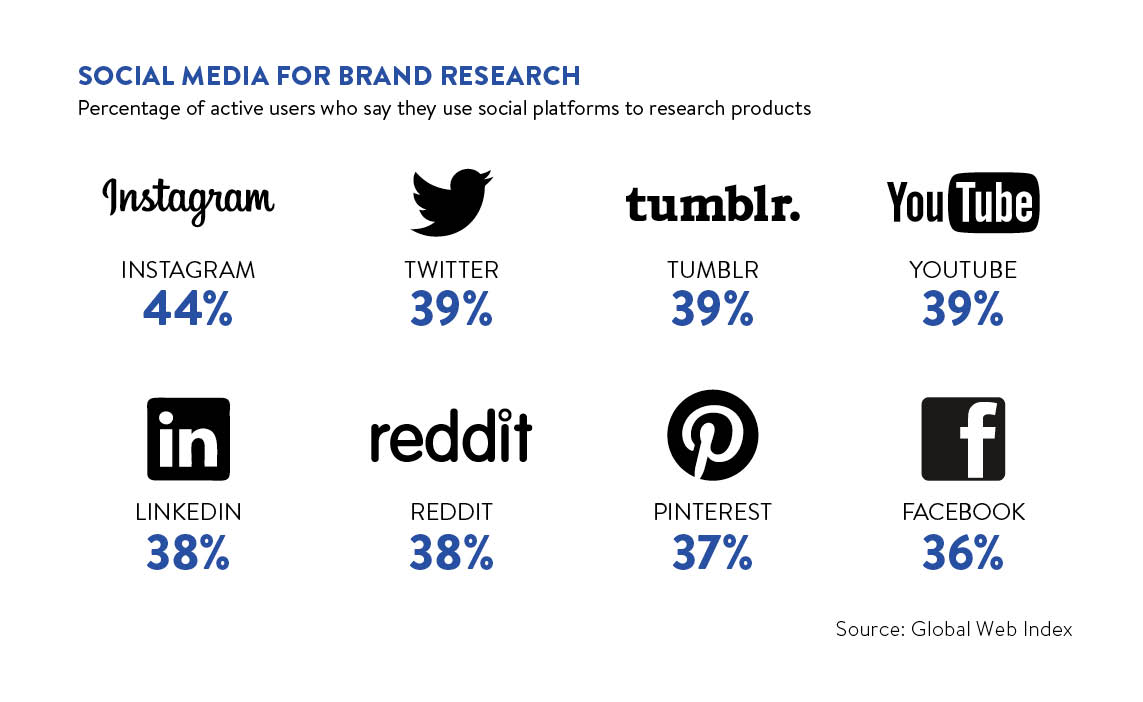As Microsoft found to its cost when its artificially intelligent Twitter bot Tay became a racist misogynist in less than 24 hours, the time it takes for Godwin’s law to be proven is shorter than ever. Microsoft was trying to use Tay to improve the customer service of its voice recognition software and presumably earn some PR points in the process, but was confronted by one of the largest obstacles brands face today – the 21st-century consumer.
One of the early examples of the genre involved Waitrose asking people to tweet why they shopped at the supermarket, which prompted such gems as, “I shop at Waitrose because darling, Harrods is just too much of a trek mid-week.” Starbucks provoked a huge backlash in the United States last year when it asked its baristas to encourage customers to talk about racial tensions by writing “Race Together” on coffee cups.

Consumer empowerment
“Consumers are definitely better informed and more empowered than ever before,” says Pete Markey, Aviva’s brand communications and marketing director. “I think the dangers this brings for brands is that they can too easily be caught asleep at the wheel.”
In fact, organisations no longer own their own brands, Debbie Britton, marketing director at the Open University, argues. “They’re very much in the hands of the consumer,” she says. “Brands have to let consumers become our advocates and customer experience is all. There are lots of brands that are really good at this. Amazon, John Lewis – they’ve done amazingly in terms of real multi-channel experience and recognising the importance of service not just product.”
Consumers are definitely better informed and more empowered than ever before
However, it could be argued that it was ever thus, and marketers and their agencies have never been the sole custodians of brands. After all, it was hardly in Christopher Bailey’s plan when he was promoted to creative director in 2004 that the former soap actress Danniella Westbrook and her daughter would be photographed decked in Burberry check. Yet the explosion of digital technologies means people can now share their experience of brands quicker than ever.
“This has led to all sorts of things becoming more overtly public than would have historically happened because distribution is no longer limited to a handful of media owners,” says Chris Binns, head of new business strategy at MediaCom, London. “Does this make people more cynical? Yep – as you see one brand or business misbehave you start to expect it of others. There is, however, a question of how long this cynicism lasts.”
Not necessarily more savvy
Whether greater access to knowledge through new technologies has made people savvier is a moot point, Mr Binns argues. Who among the advertising and marketing industry’s illustrious echelons saw Vote Leave winning the European Union referendum, he questions? “Because you tend towards opinions that match your own [on social media],” he says, “you arguably become less savvy as you become more likely to focus on one side of the coin.”
Matthew Heath, chairman and chief strategy officer at Lida, contests the assumption people are “cynical”. Instead, he says people want authenticity, citing Hugh Fearnley-Whittingstall’s crusade against non-recyclable coffee cups as an example of consumers seeing “behind the curtain”.
Reemah Sakaan, director of network marketing and media planning at ITV, agrees, warning: “Products and communications that fall short of expectations or standards, or worse mislead or let the consumer down, are a hair’s breadth away from crisis and non-existence.”

Positive impact
But just because people can tweet about ads that offended them, such as the Match.com Tube posters describing red hair as an imperfection, doesn’t mean they can’t be moved in positive ways too. “The opportunity to entertain, solve a real problem, inspire, create talked-about stories and make a difference still holds true,” Ms Sakaan says. “You only have to look at the relatively recent phenomena of the way Christmas retail advertising has become a hotly anticipated cultural moment to see this.”
In the US, the food chain Chipotle has used online films to tell stories about its commitment to sustainable farming to great effect, winning customers and Cannes Lions in the process. Aviva’s Mr Markey says the emergence of price comparison aggregators has encouraged financial services brands to raise their game and be much clearer on product or service benefits. Many brands have found success by tapping into a conversation in which they have a stake, but that is bigger than they are, such as Dove with self-esteem or Persil with outdoor play.
Rejecting the establishment
And in a world where 75 per cent of brands are so meaningless to people that they wouldn’t be missed if they disappeared tomorrow, according to Ogilvy & Mather’s Brands That Do report, the need to think differently has never been so urgent.
For Kevin Chesters, chief strategy officer at Ogilvy & Mather, London, this is particularly apposite because people are increasingly rejecting what they deem to be the “establishment”, for example by voting for Brexit or supporting Donald Trump. “Those who are rejecting the establishment lump it all together – politicians, banks, police, media and therefore brands,” he says.
But rather than see the expansion in digital and social media as a threat, the Open University’s Ms Britton urges brands and their custodians to harness the opportunity to be better. “Generally it keeps us all on our toes,” she concludes. “The message for me is you have to keep going back to truth about your brand because if you don’t, consumers see through that. That’s really positive.”
Main image: Hugh Peterswald/Pacific Press/LightRocket via Getty Images

Consumer empowerment
Not necessarily more savvy

